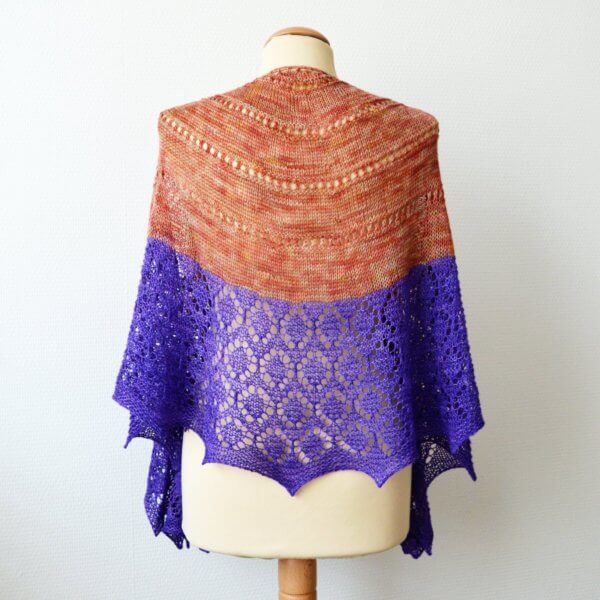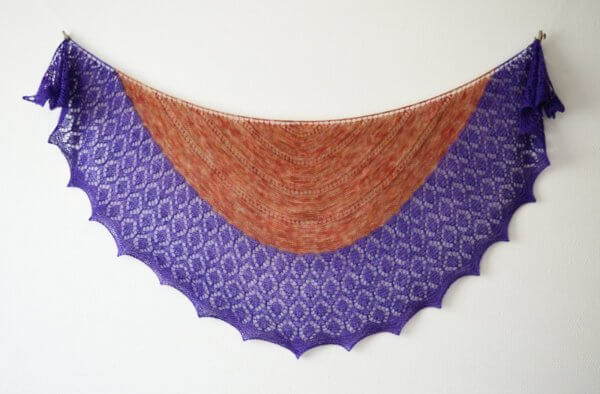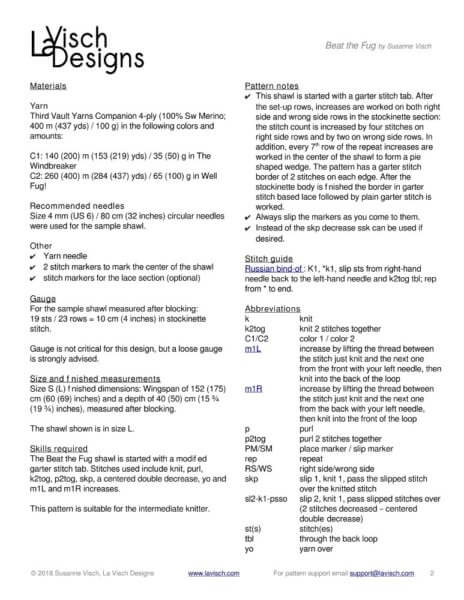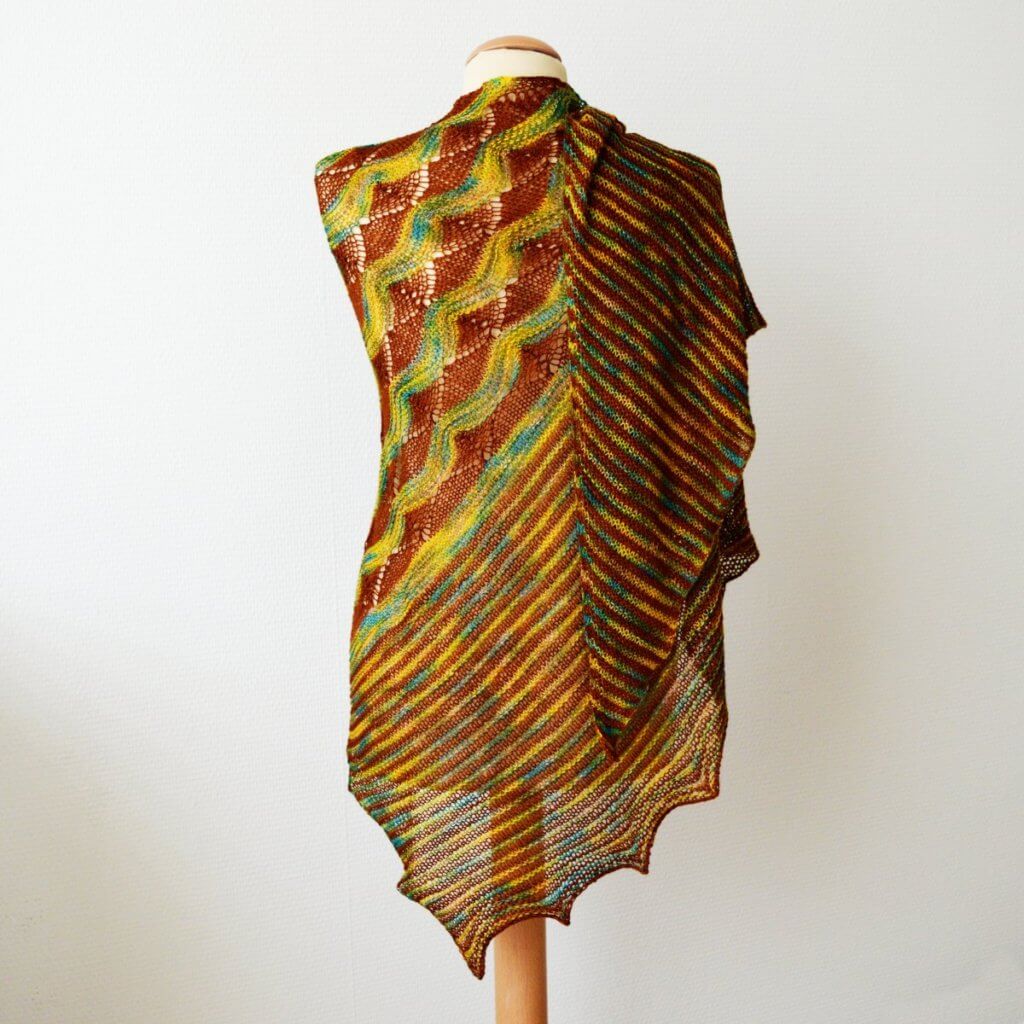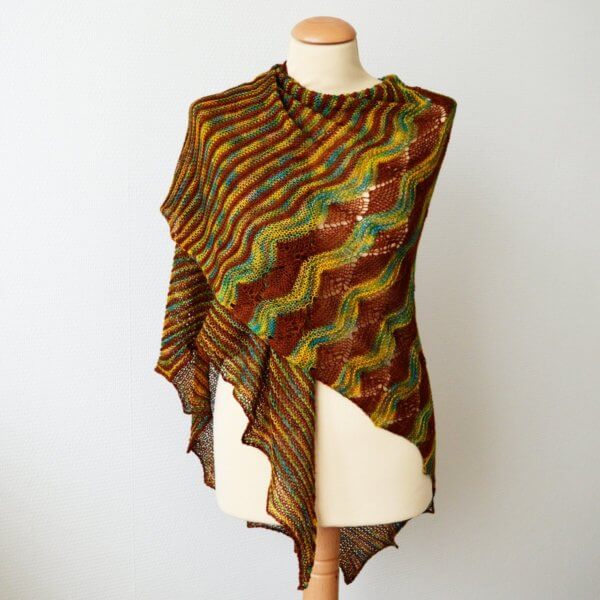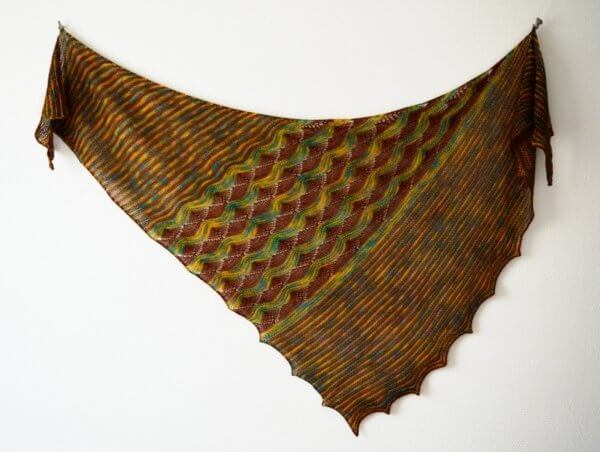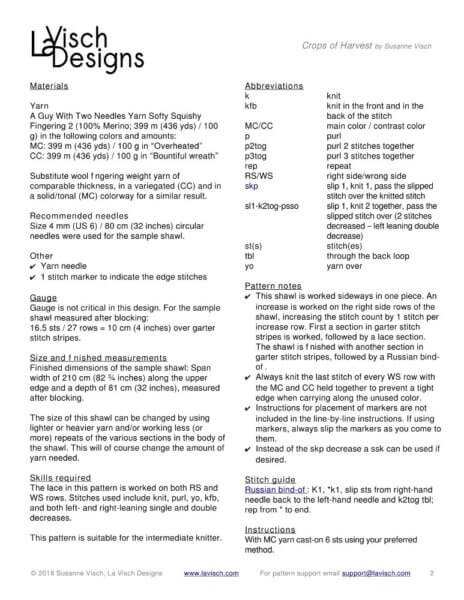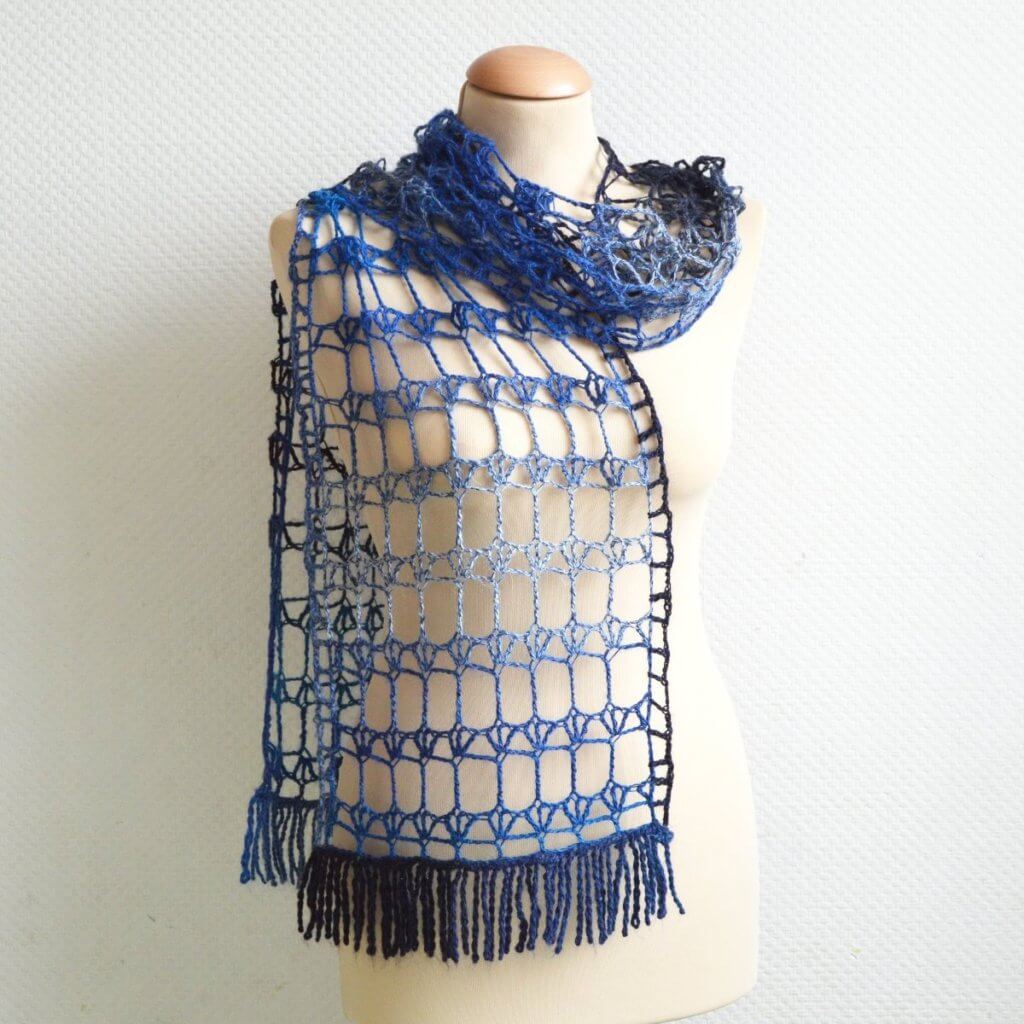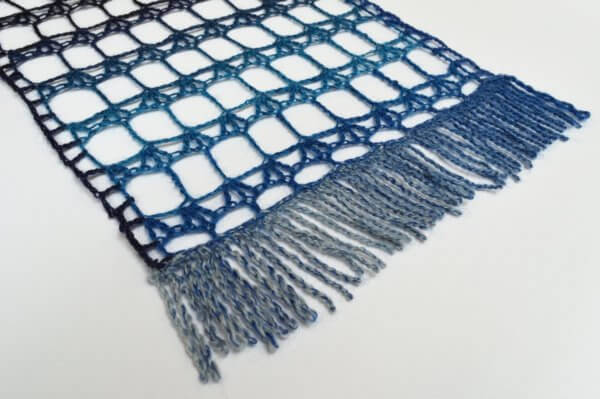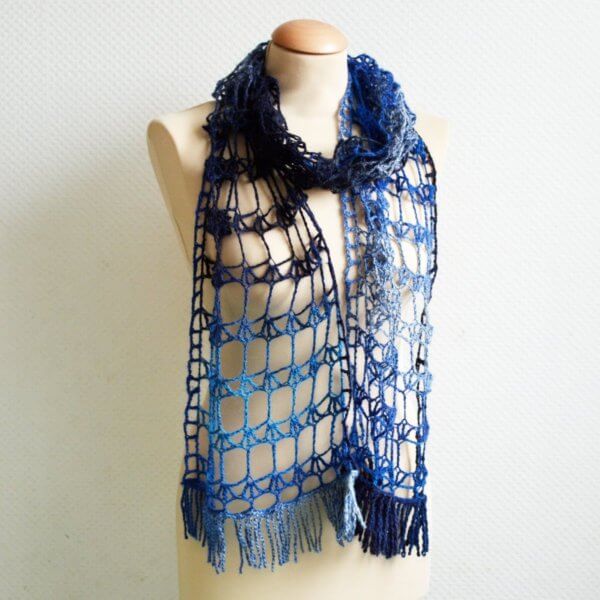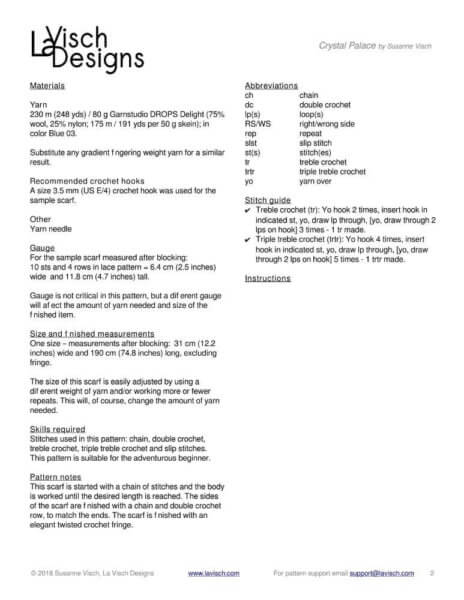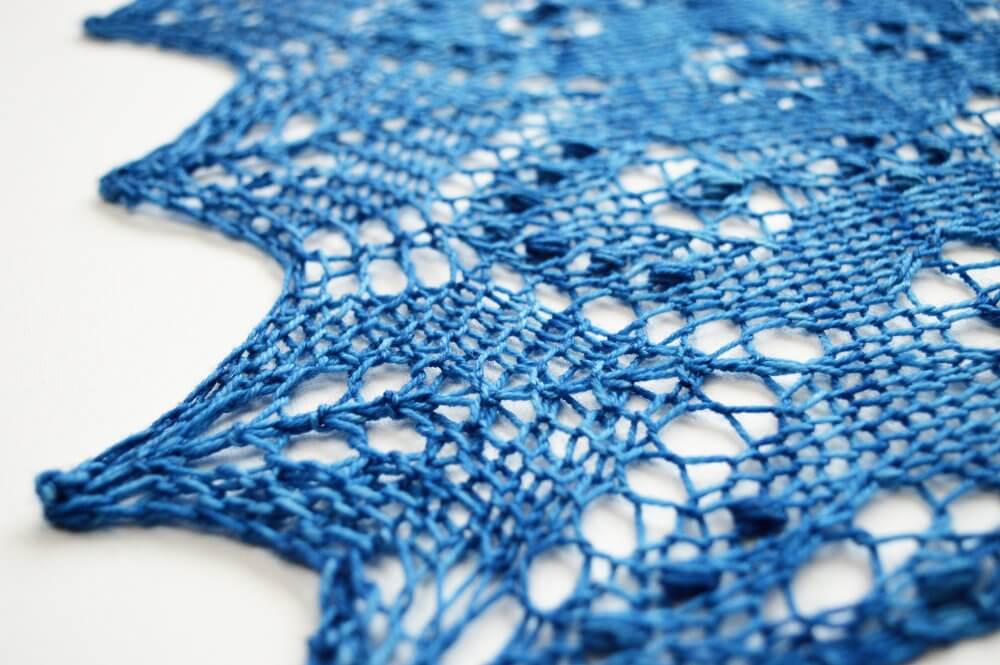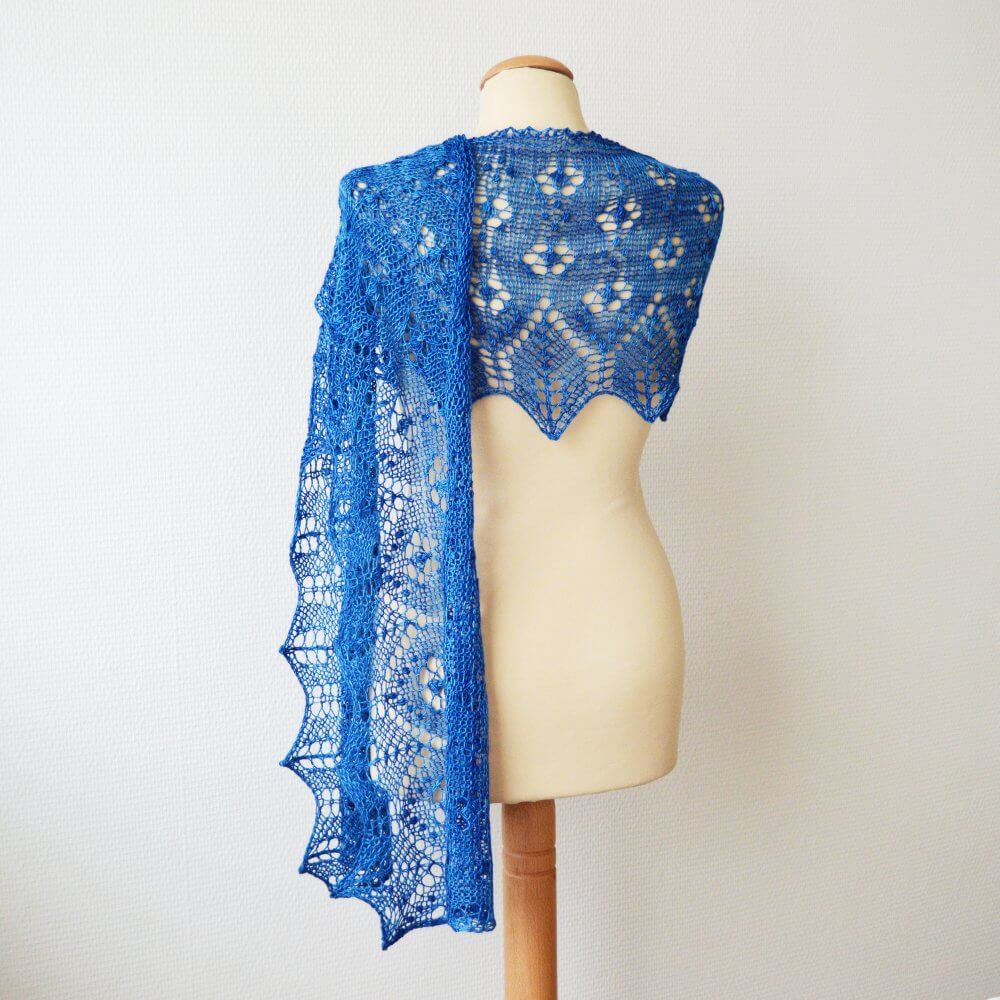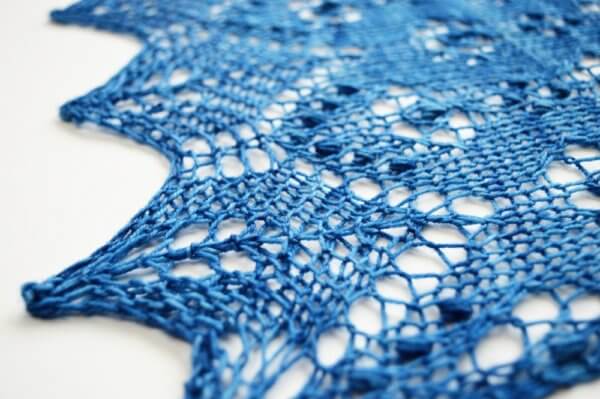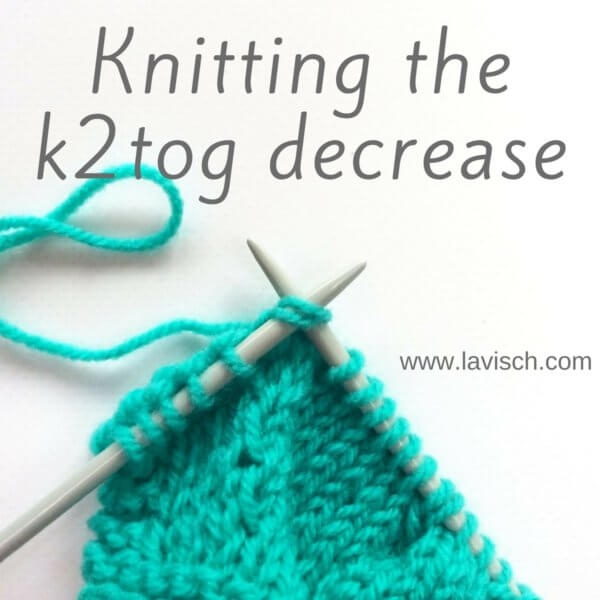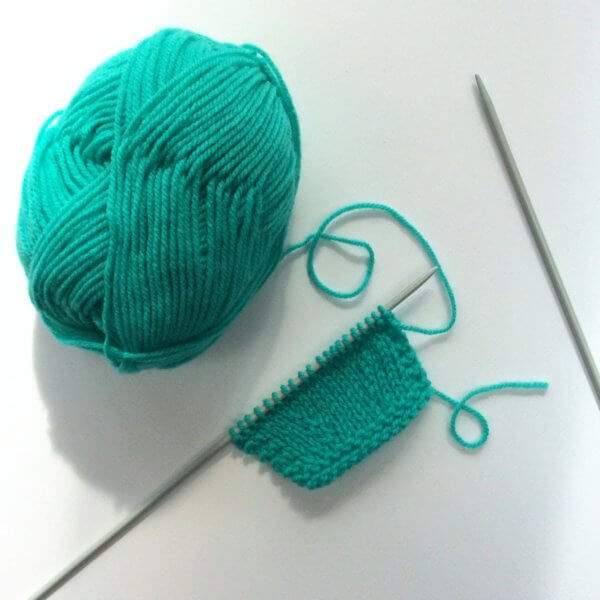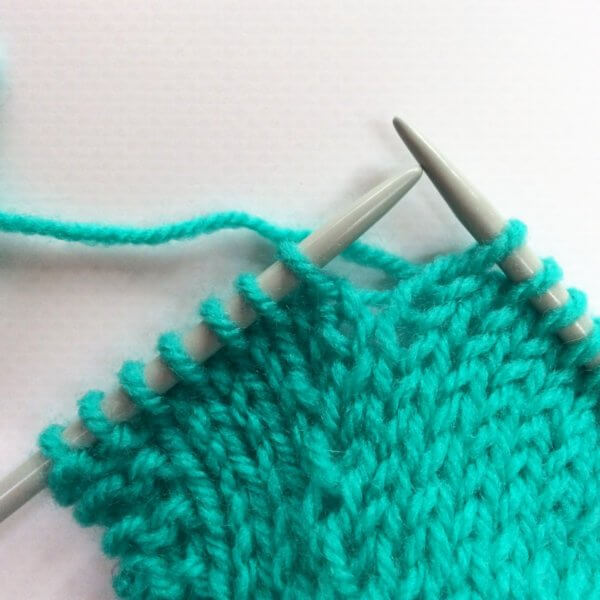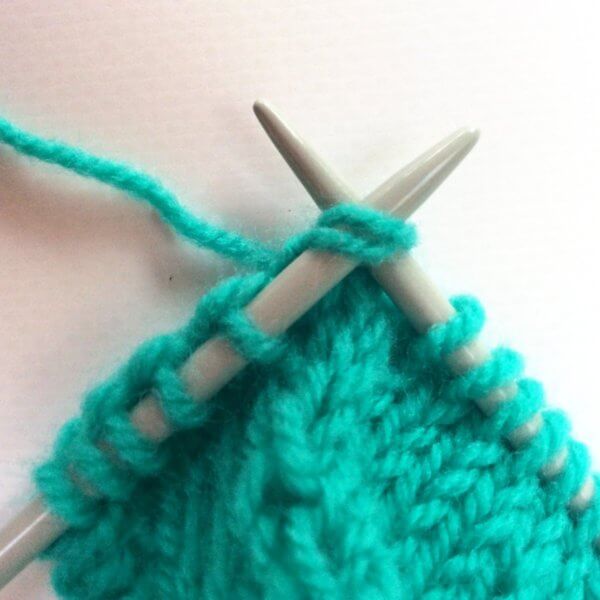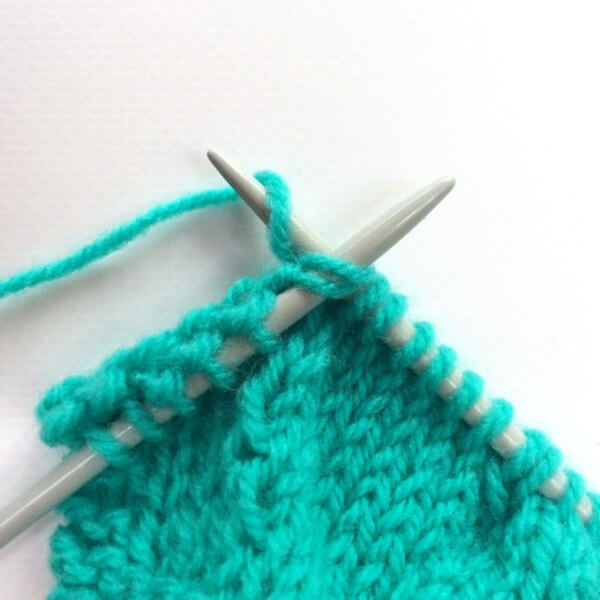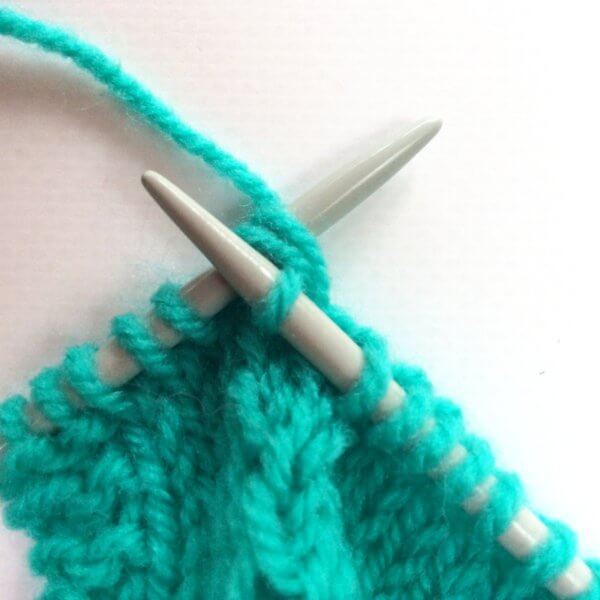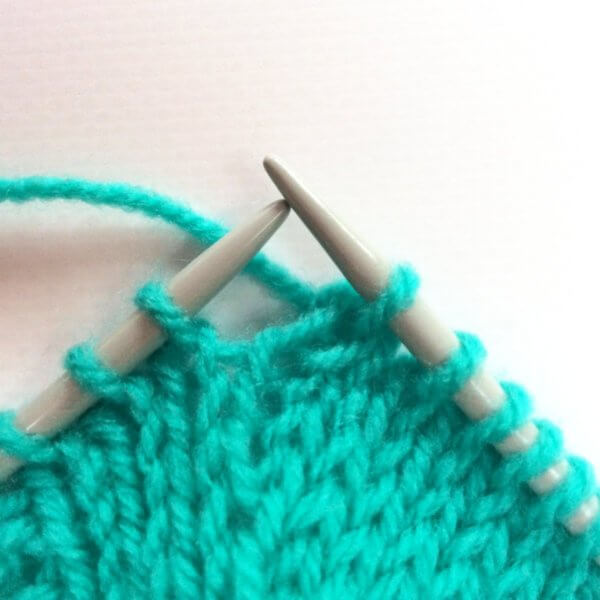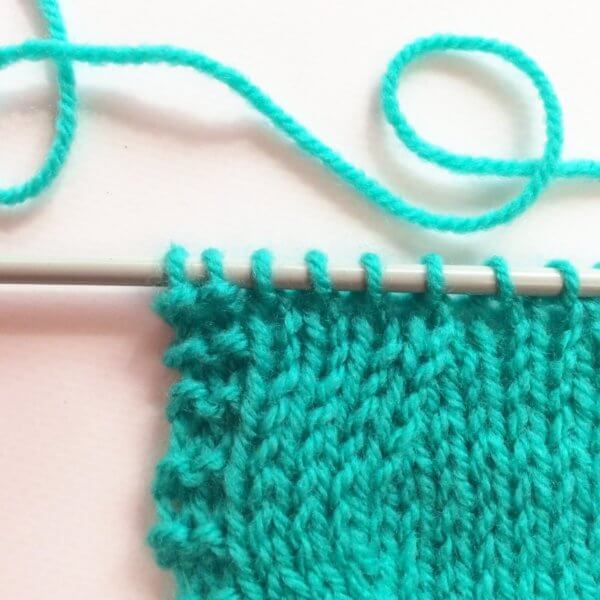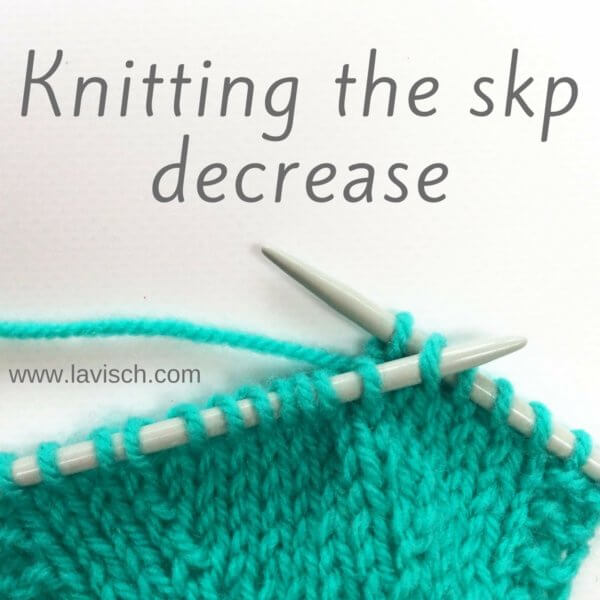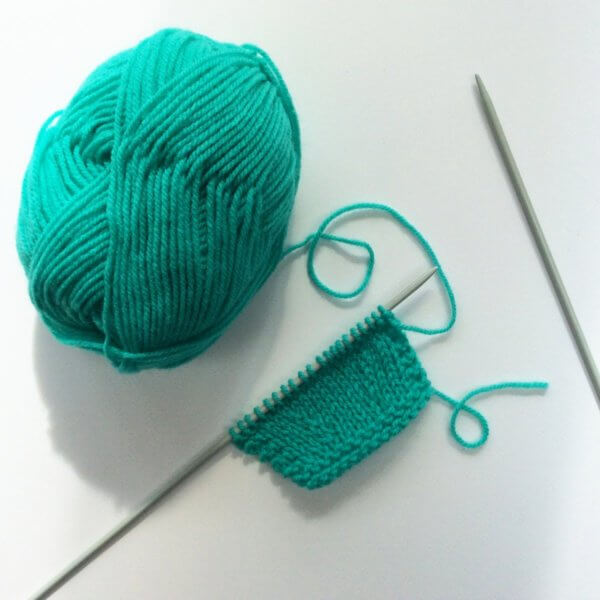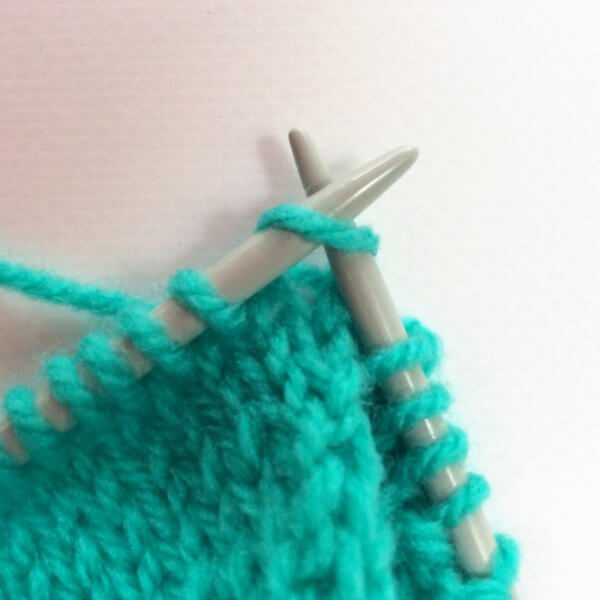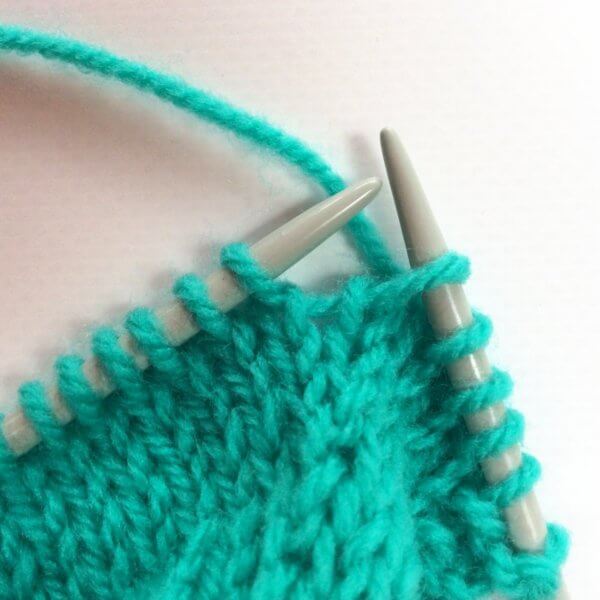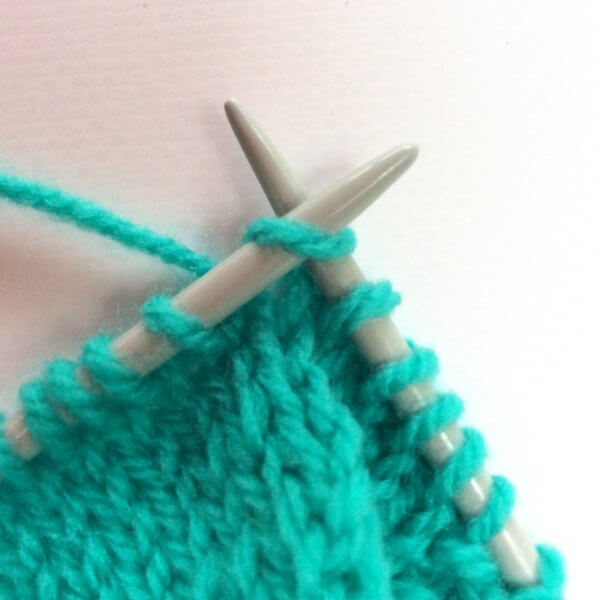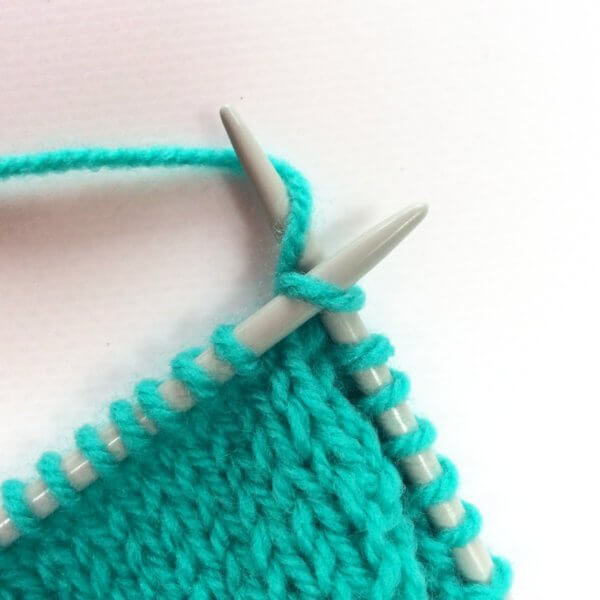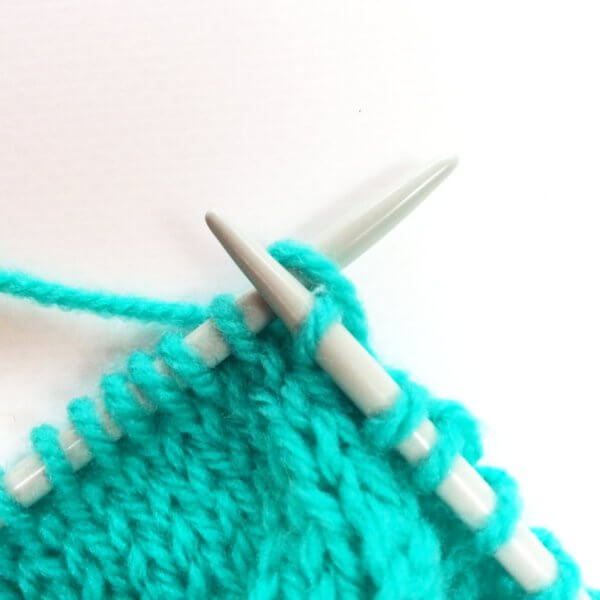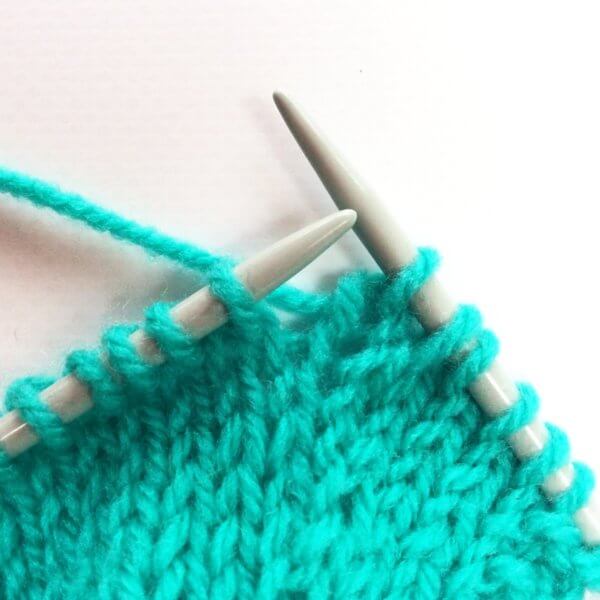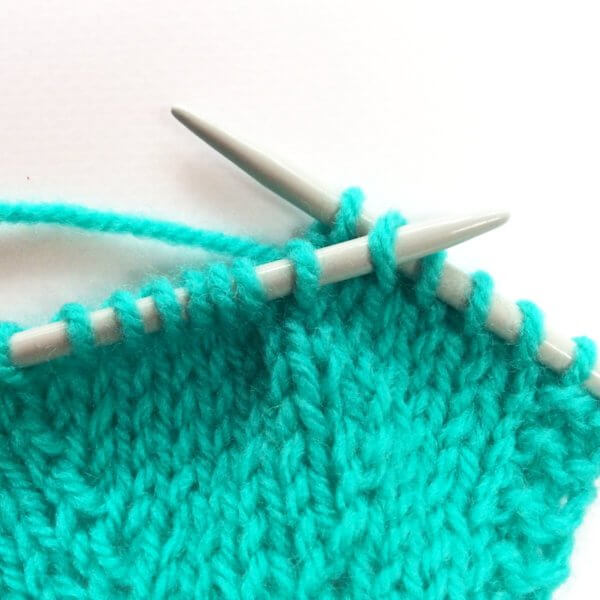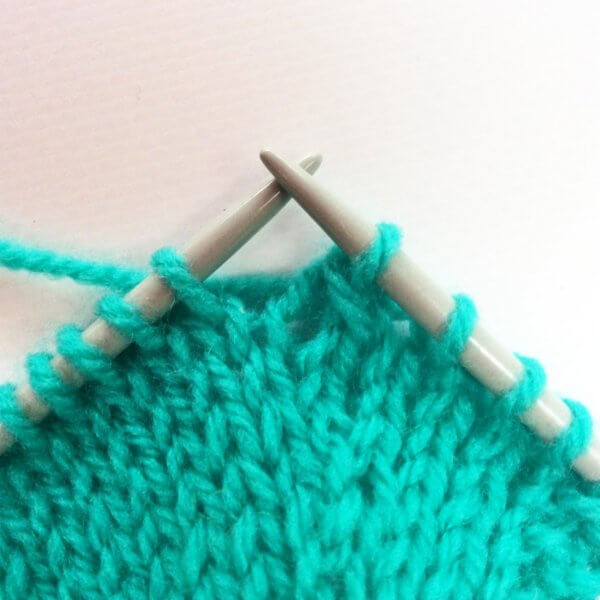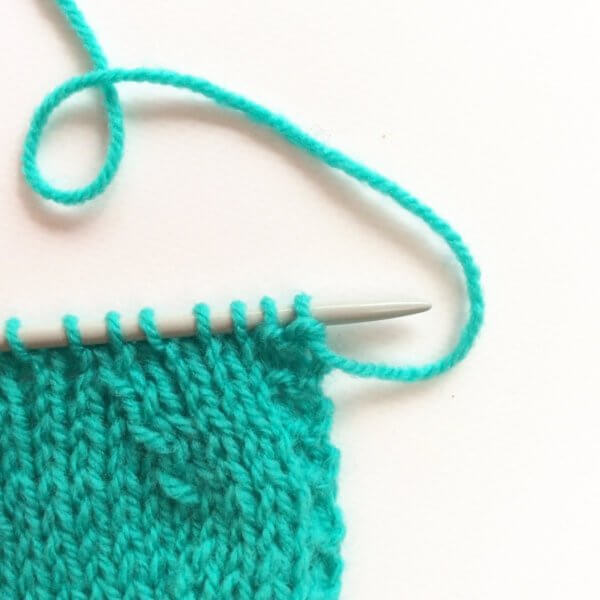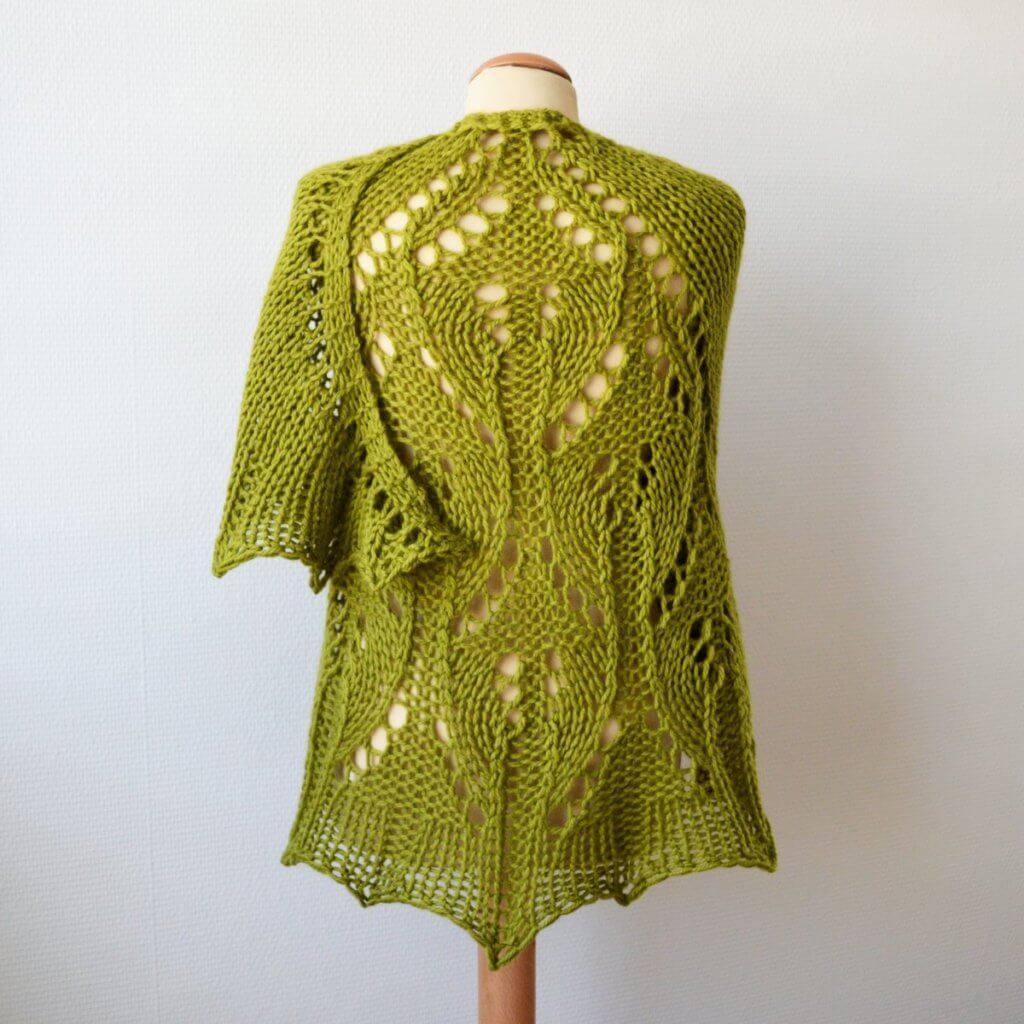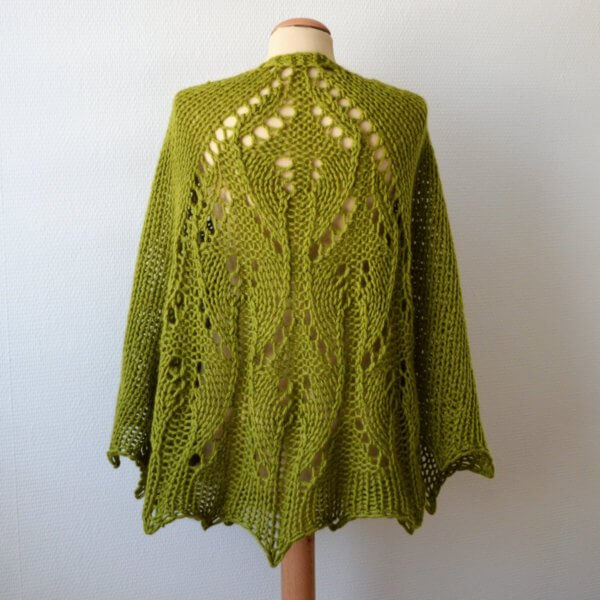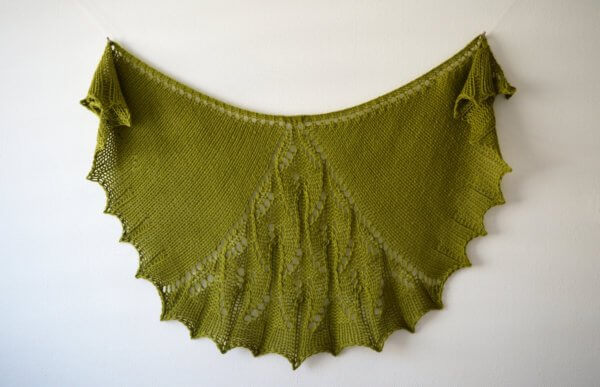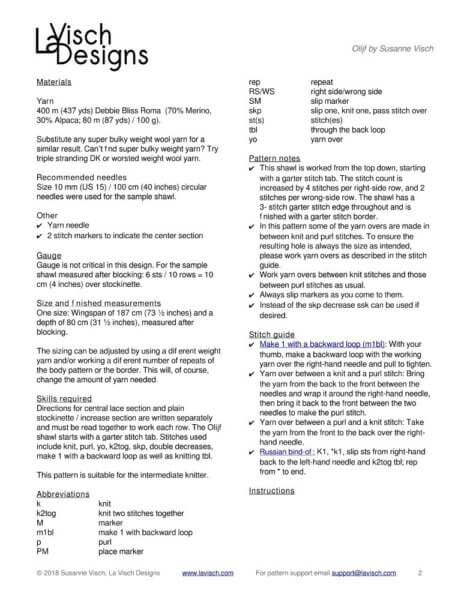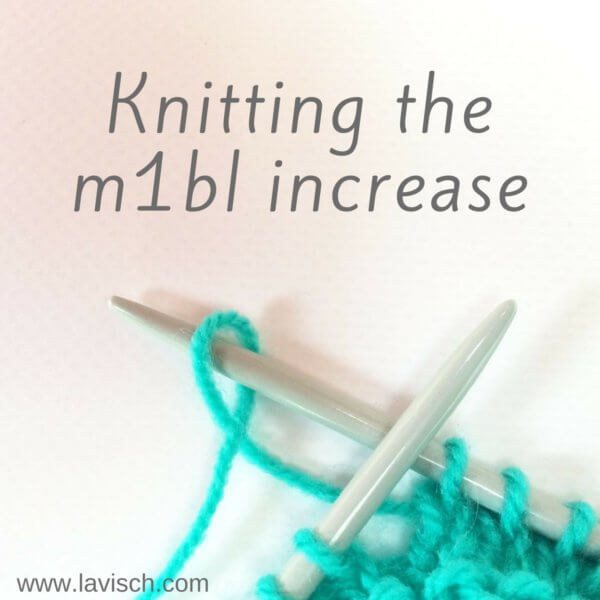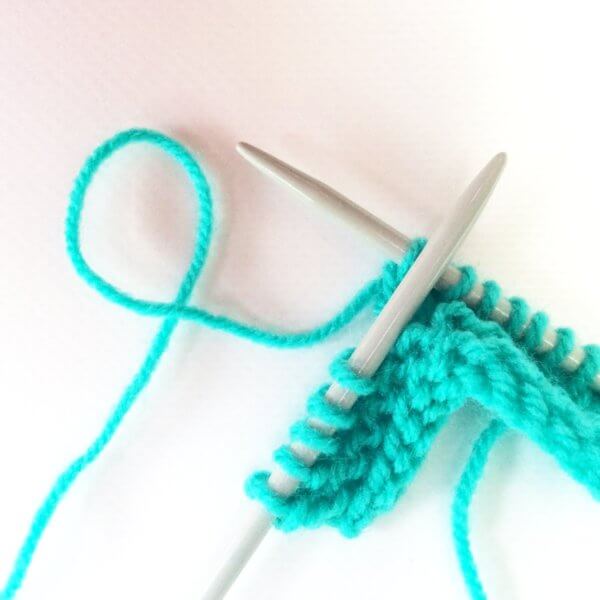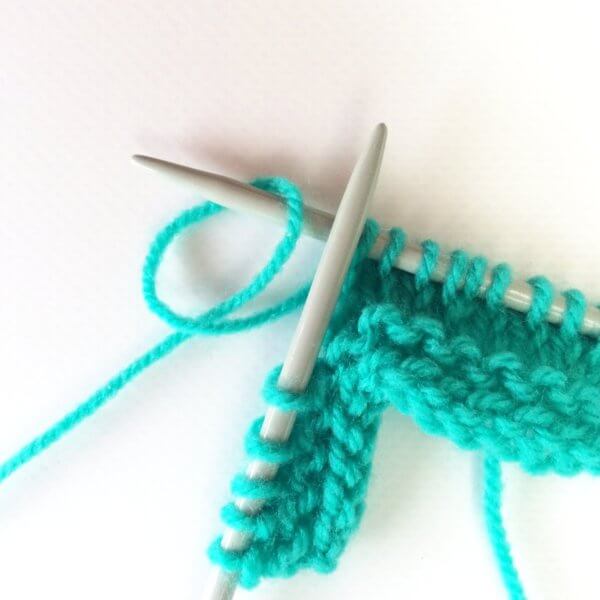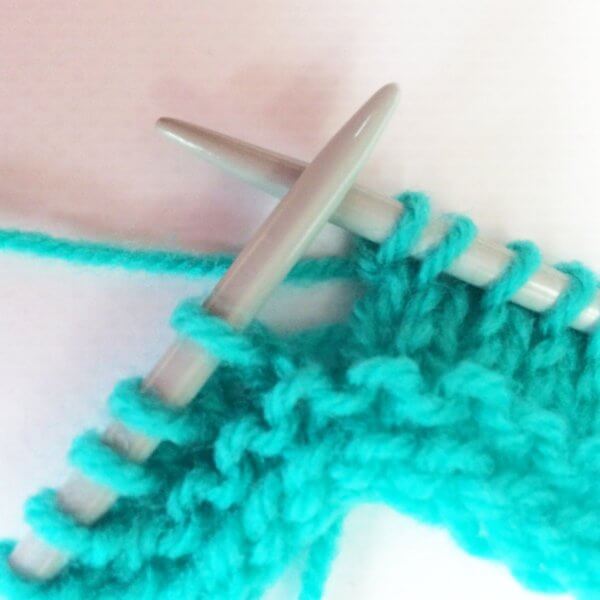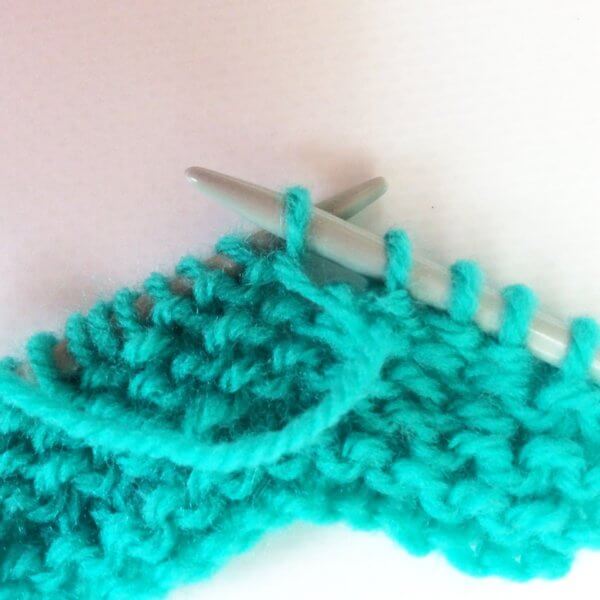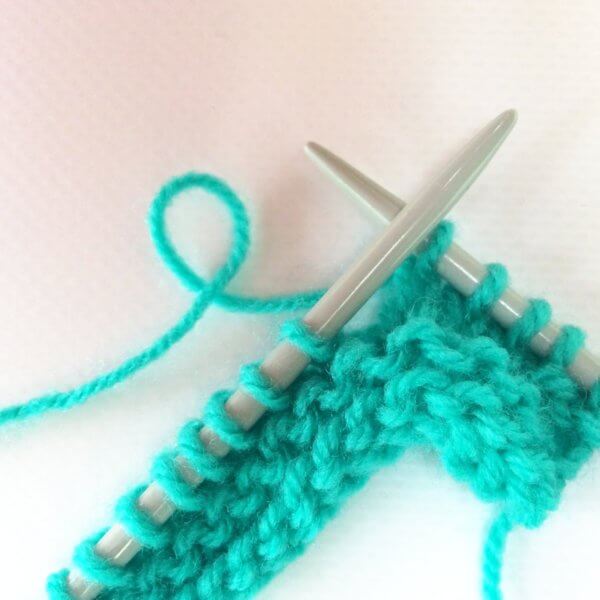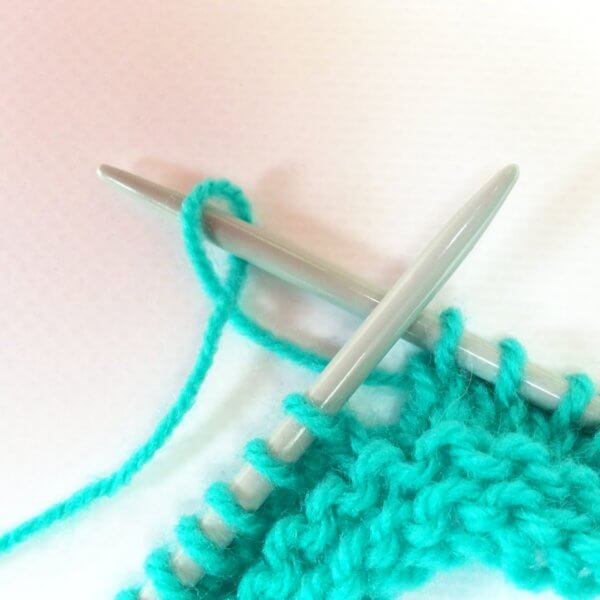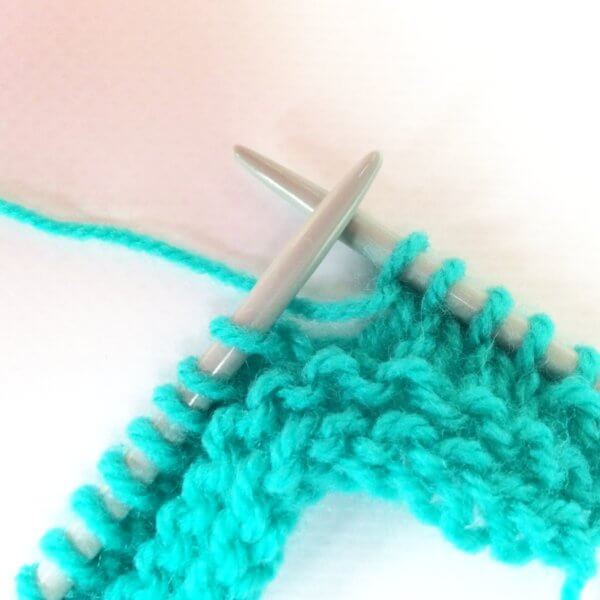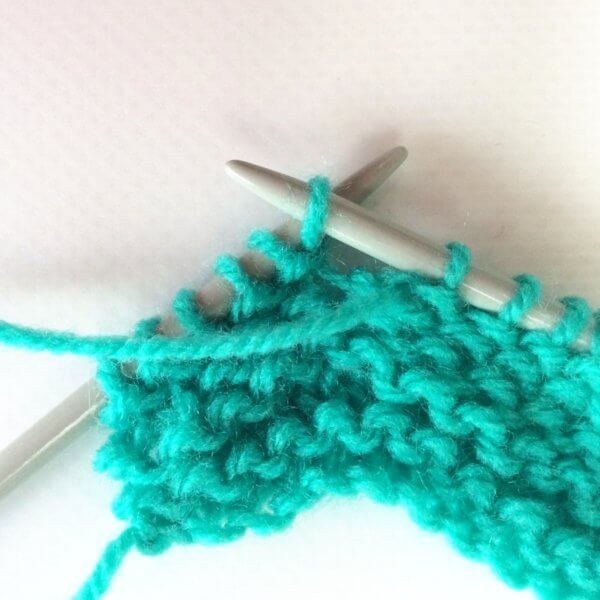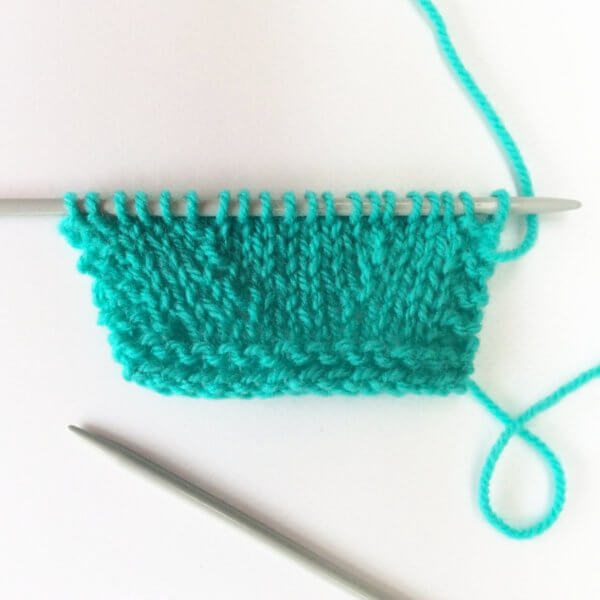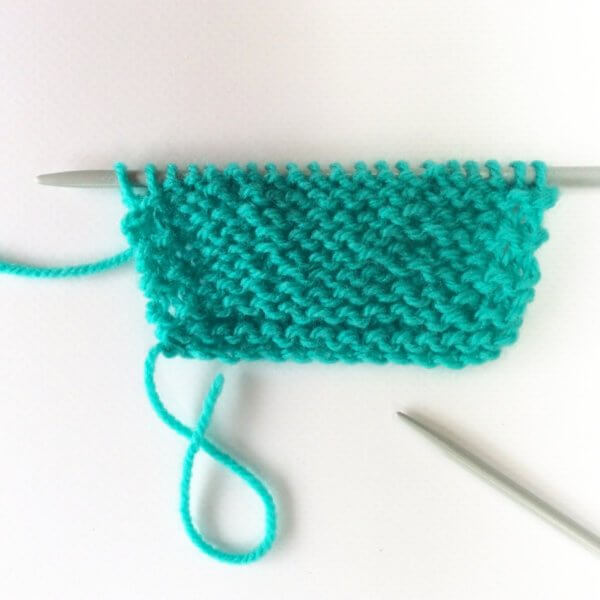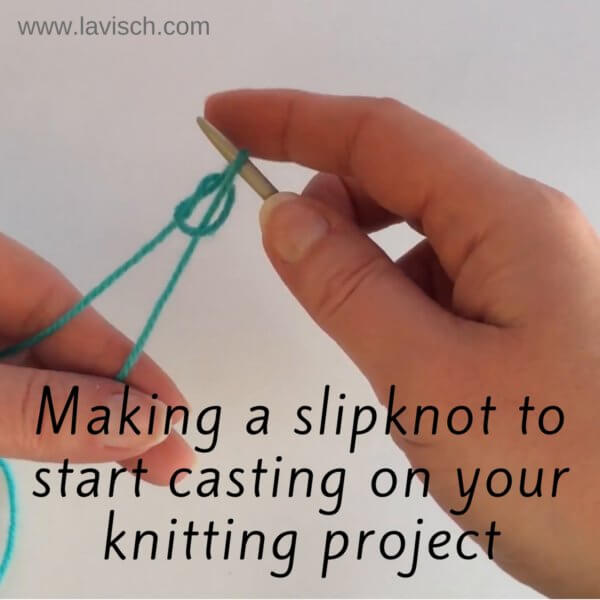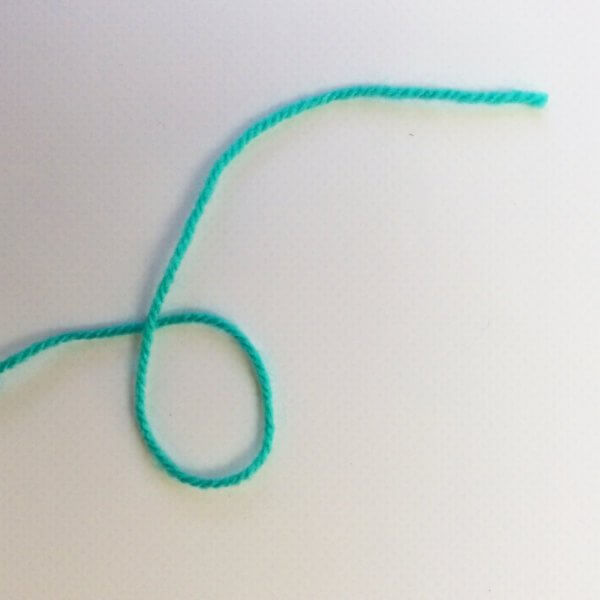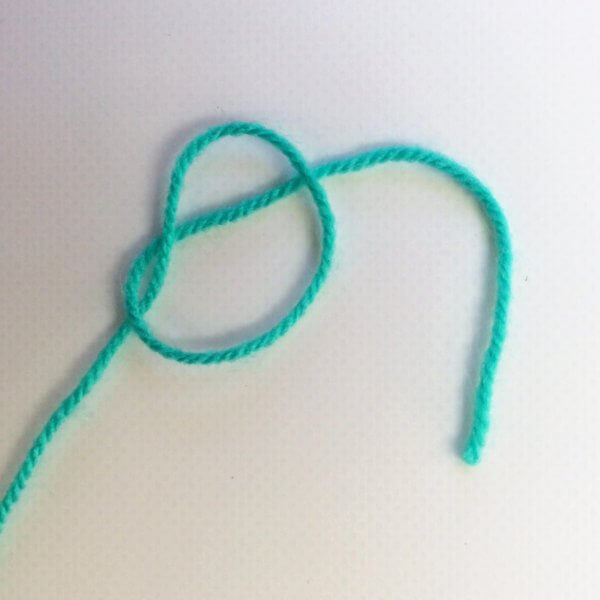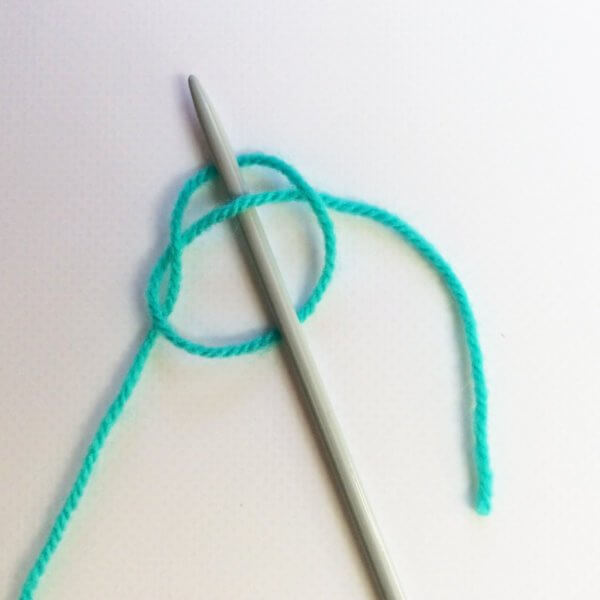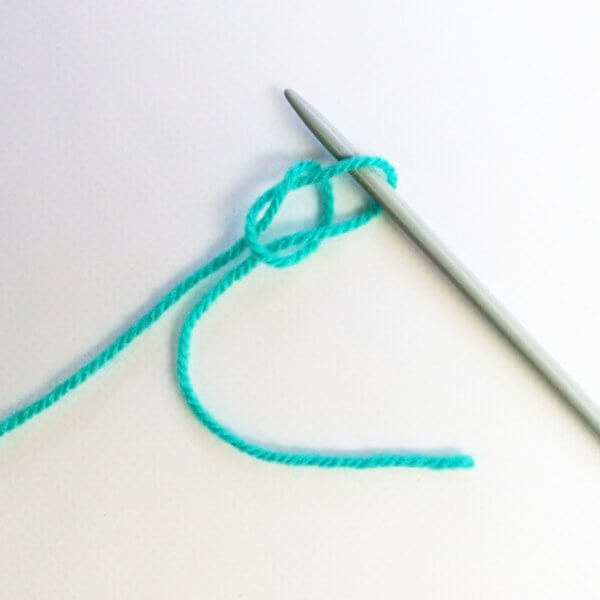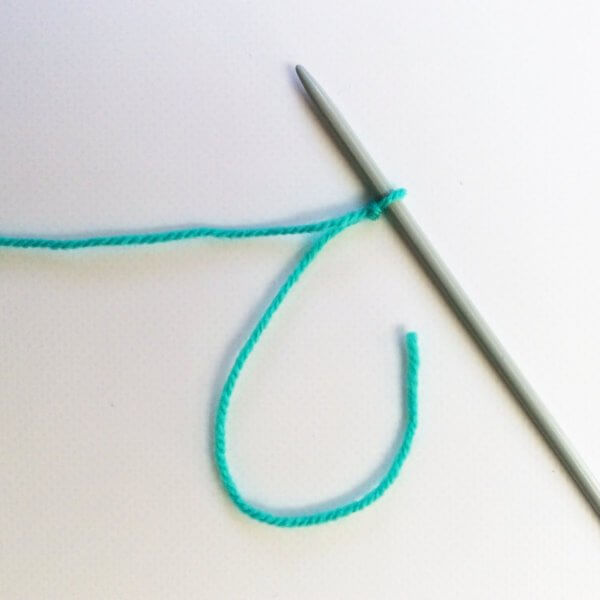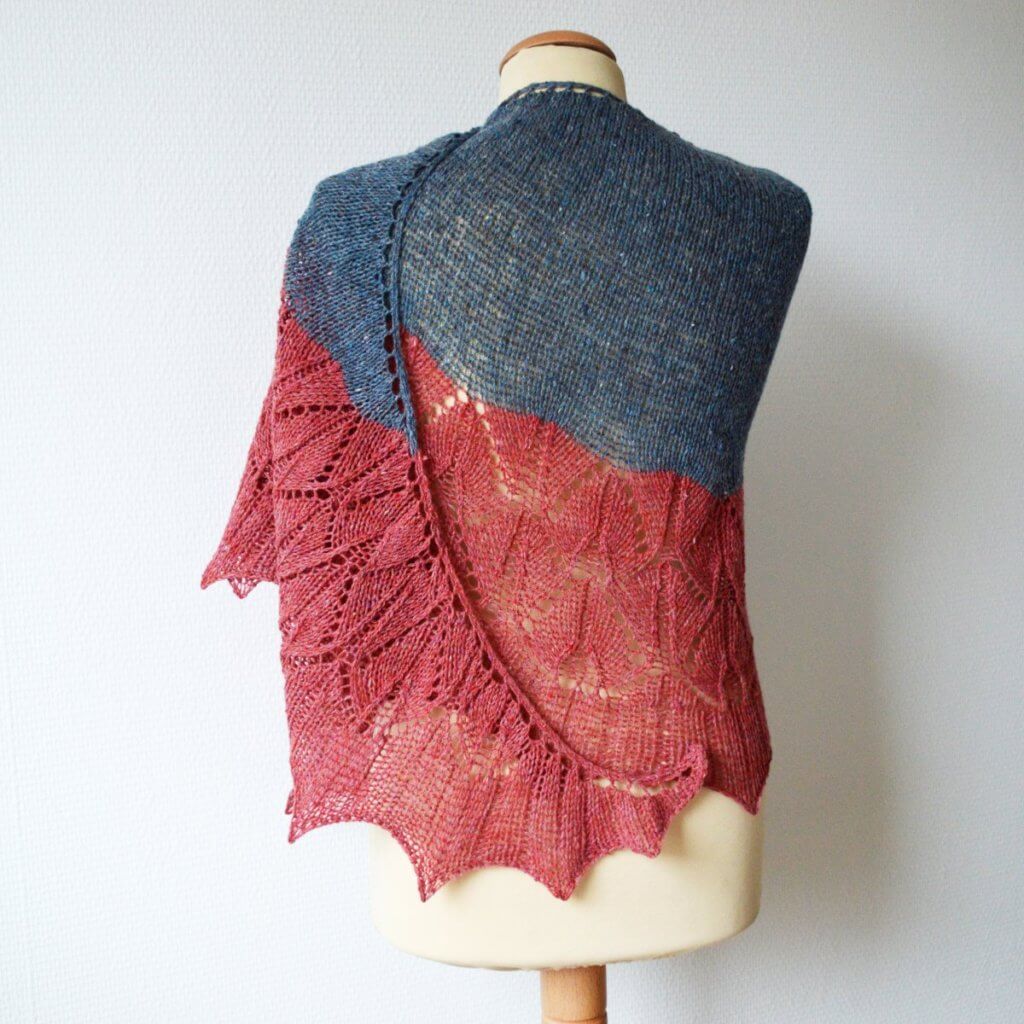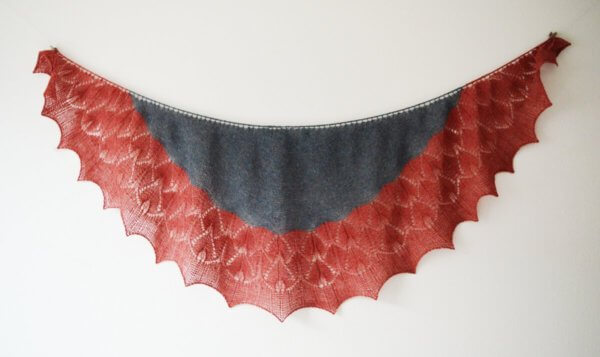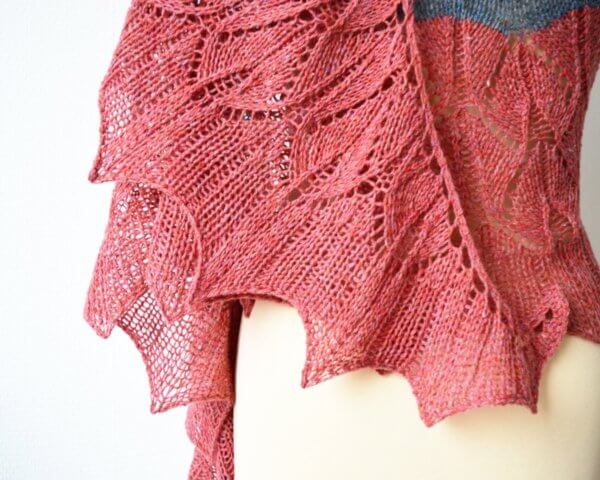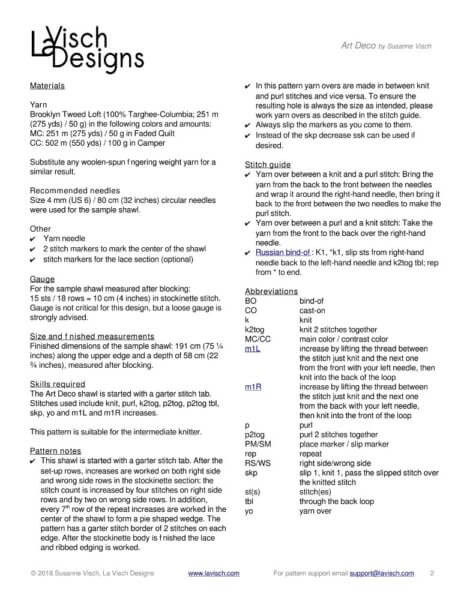beat the fug
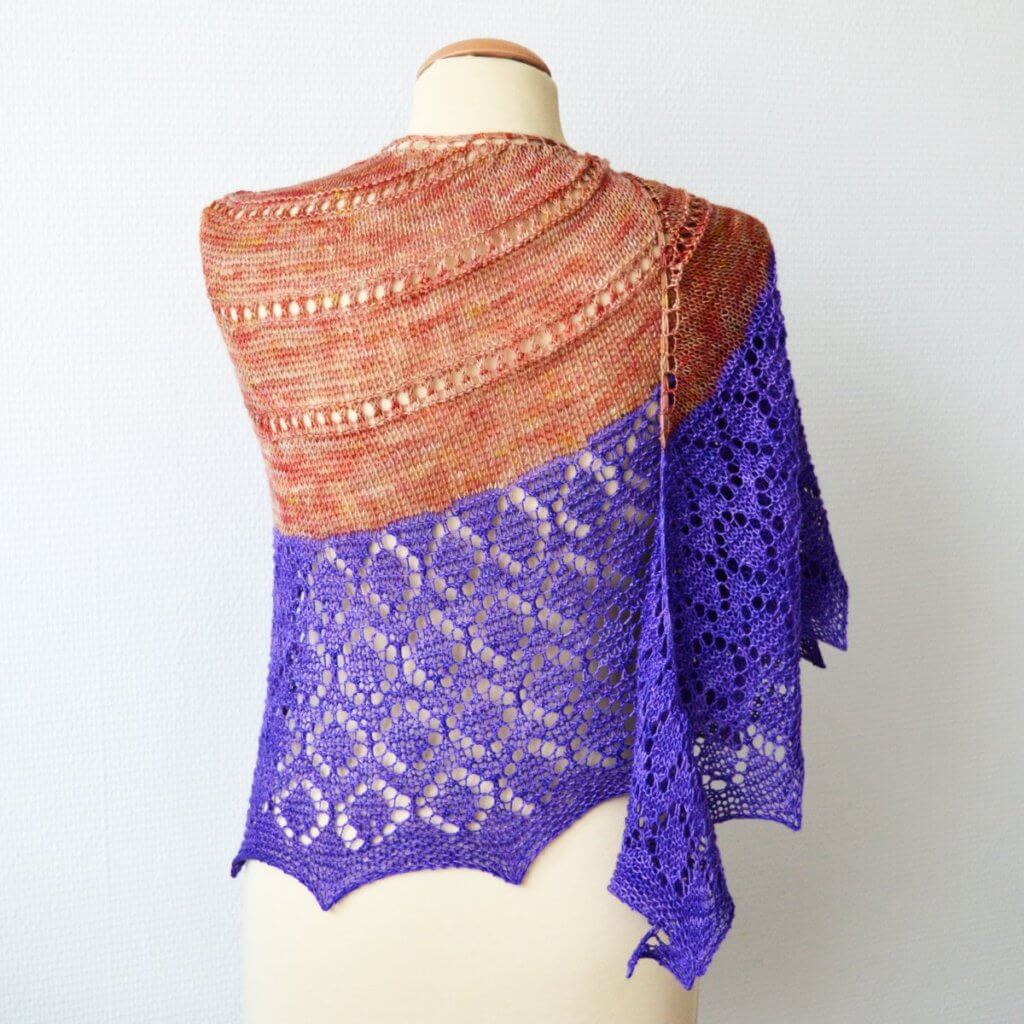
Beat the Fug is a crescent-shaped shawl worked from the top-down. Inspired by the “Free-Wrench” novel by Joseph R. Lallo and the yarn dyed to match by Third Vault Yarns, it perfectly catches the steampunk vibe so wonderfully described in the story.
The shawl starts with a garter stitch tab. The body contains special shaping, which helps to avoid the “bump” in the upper edge of the shawl, so often present in crescent shawl designs. The lace in the border is knit on both right side and wrong side rows. The instructions for the border of the shawl are provided both fully charted and written out.
Pay what you want: (minimum €6.50)
Difficulty level
The Beat the Fug shawl starts with a modified garter stitch tab. Stitches used include knit, purl, k2tog, p2tog, skp, a centered double decrease, yo and m1L and m1R increases. This pattern is suitable for the intermediate knitter.
Sizes and finished measurements
Size S (L) finished dimensions: Wingspan of 152 (175) cm (60 (69) inches) and a depth of 40 (50) cm (15 ¾ (19 ¾) inches), measured after blocking. The shawl shown is in size L.
Pattern details
- Gauge: For the sample shawl measured after blocking: 19 sts / 23 rows = 10 cm (4 inches) in stockinette stitch. Gauge is not critical for this design, but a loose gauge is strongly advised.
- Pattern languages included: English and Dutch (Dit patroon omvat zowel een Nederlandse als een Engelse versie)
- Digital PDF has 6 pages (letter size)
Materials
- Yarn: Third Vault Yarns Companion 4-ply (100% Sw Merino; 400 m (437 yds) / 100 g) in the following colors and amounts: C1: 140 (200) m (153 (219) yds) / 35 (50) g in The Windbreaker, and C2: 260 (400) m (284 (437) yds) / 65 (100) g in Well Fug!
- Size 4 mm (US 6) / 80 cm (32 inches) circular needles
- Yarn needle
- 2 stitch markers to mark the center of the shawl
- Stitch markers for the lace section (optional)


